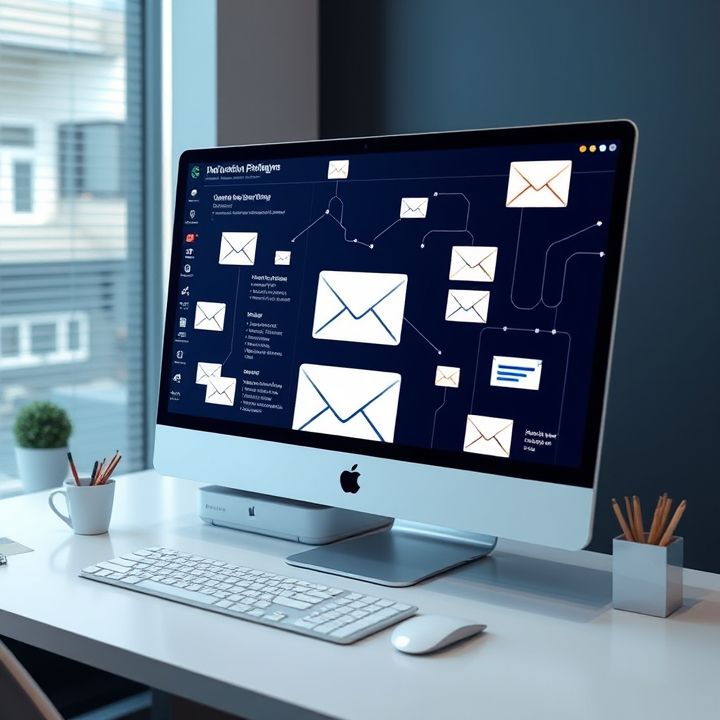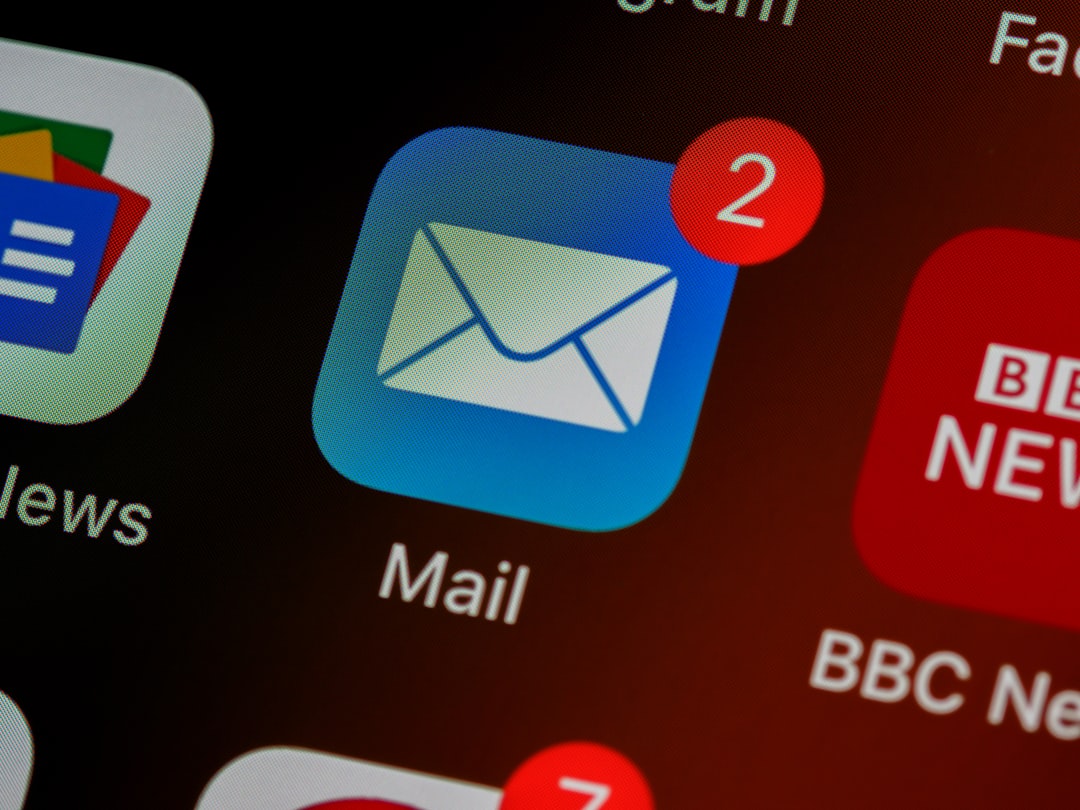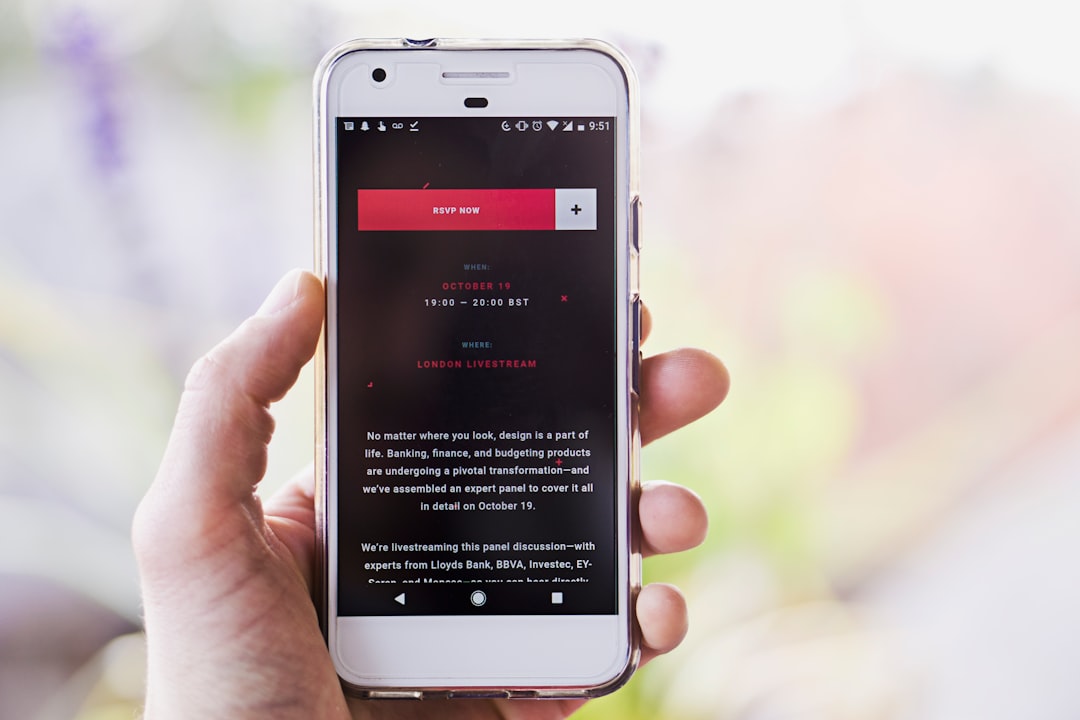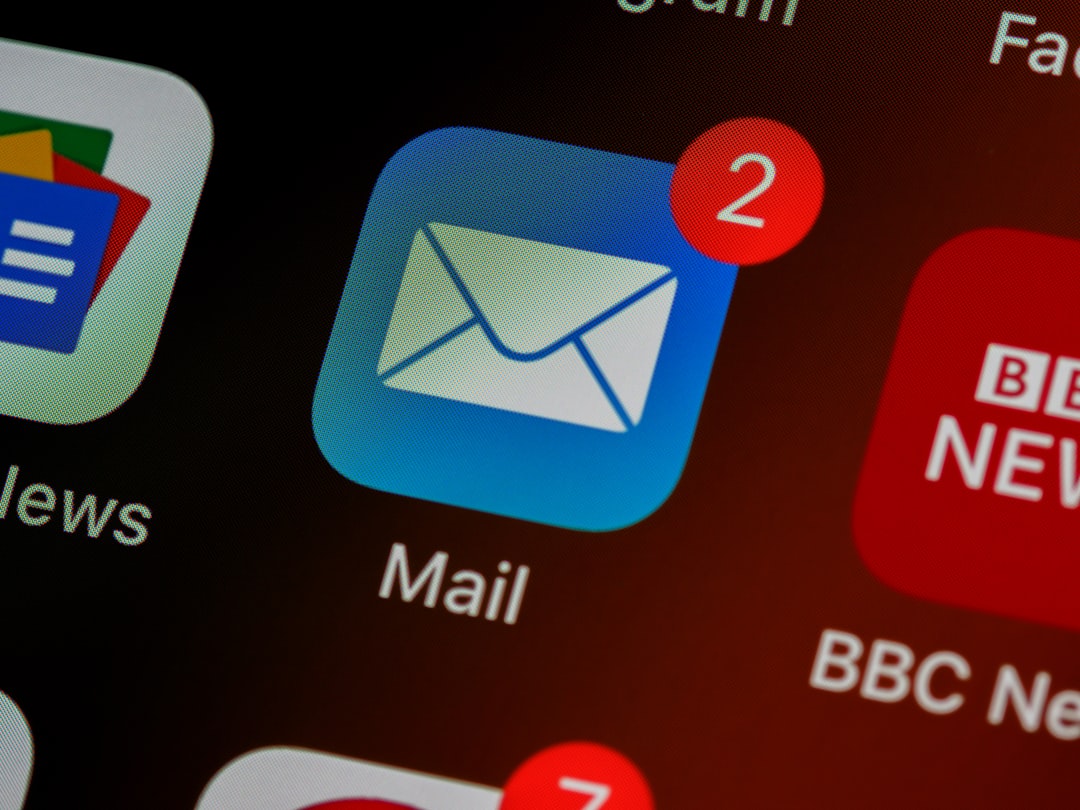Table of Contents
- Introduction
- Understanding the Difference: Triggered vs. Transactional Emails
- Building Customer Relationships through Personalization
- Timing is Everything: Automating the Right Moment
- Enhancing User Experience with Relevant Content
- Incorporating Feedback Loops for Continuous Improvement
- Conclusion
- Frequently Asked Questions
Introduction
Imagine unlocking a hidden strategy so potent it could elevate your business to new heights—a golden key to customer loyalty that few truly master. Welcome to the world of triggered and transactional emails, the unsung heroes of digital marketing that can transform the average business into a beloved brand.
Whether you’re a seasoned marketer or a small business owner, understanding the power of these emails can dramatically shift your customer relations paradigm. But don’t just take our word for it. Below is a quick comparison table showcasing the potential impact:
| Email Type | Opportunities |
|---|---|
| Triggered Emails | Time-sensitive engagement offers |
| Transactional Emails | Enhanced customer communication |
This table merely scratches the surface of what’s possible. So, are you ready to delve deeper into this art? Fasten your seatbelt as we embark on a journey to master the techniques that will have your customers not just satisfied but utterly loyal. Stay tuned!
Understanding the Difference: Triggered vs. Transactional Emails
Both triggered and transactional emails play crucial roles in boosting customer engagement and retention, yet they serve different purposes. Triggered emails are automatically sent in response to specific subscriber actions, such as signing up for a newsletter, abandoning a shopping cart, or browsing specific web pages. Their goal is to engage users based on their behaviors and interactions with your brand, thereby personalizing the customer experience. These emails can include welcome messages, retargeting content, or even promotional offers meant to re-engage or further entice the customer.
Transactional emails, on the other hand, are sent after a transaction or specific interaction is completed, serving as a follow-up to actions such as purchases, password resets, or account confirmations. While they are primarily informational, the way they are crafted can significantly affect user satisfaction and trust in your brand. They’re a key part of the customer journey, ensuring that essential information is conveyed promptly and efficiently. Understanding the distinction between the two and leveraging each effectively can lead to a more engaged customer base and enhanced customer loyalty.
Building Customer Relationships through Personalization
Building customer relationships through personalization is a vital strategy for businesses looking to increase engagement and retention. Personalization allows businesses to create tailored experiences for their customers, making them feel valued and understood. By leveraging data such as purchase history, browsing behavior, and customer preferences, companies can send targeted marketing messages that resonate with the individual recipient. This approach not only enhances the customer experience but also builds trust and loyalty.
Using triggered or transactional emails is an effective way to deliver personalized content. For instance, a welcome email for new subscribers can be customized with their name and recommended products based on their initial interaction. Similarly, re-engagement emails can be tailored to remind customers of items they showed interest in but did not purchase. Birthday emails with exclusive discounts are another example of how personalization can drive customer delight.
Moreover, personalized emails tend to have higher open rates and click-through rates, leading to increased conversion opportunities. By consistently delivering relevant and timely content, businesses can nurture long-term relationships and encourage repeat business. This not only improves customer satisfaction but also enhances the overall value a company can derive from its clientele.
Timing is Everything: Automating the Right Moment
In the realm of email marketing, timing is everything. To effectively reach customers, businesses must capitalize on the moments when recipients are most receptive to communication. Automating triggered or transactional emails at the right moment can significantly enhance customer engagement and retention. These emails, initiated by specific customer actions like purchases or sign-ups, allow businesses to communicate relevant information in real-time.
By integrating automation with behavioral data, companies can send personalized messages precisely when users are most likely to take action. For example, sending a welcome email immediately after a new subscription, or a purchase confirmation right after a transaction, keeps the momentum of the interaction alive. Additionally, abandoned cart emails can be timed to remind customers of what they left behind, often leading to increased conversion rates.
The key to success is understanding the customer journey and identifying optimal trigger points for automation. Once these triggers are set, businesses can deliver timely, contextually relevant messages, fostering a deeper connection with customers and encouraging loyalty over the long term. By leveraging automation in this way, companies can ensure that they are not only meeting customer expectations but exceeding them, driving both engagement and retention effectively.
Enhancing User Experience with Relevant Content
Enhancing user experience with relevant content is pivotal in leveraging triggered or transactional emails to drive customer engagement and retention. Personalization lies at the heart of this approach. Tailoring emails to reflect user preferences, past behavior, or purchasing history can significantly improve how customers perceive and interact with a brand. This means going beyond addressing a customer by their first name and requires a deep understanding of their journey and expectations.
Relevancy in content ensures that users receive information or offers that are particularly useful to them at a certain point in time. For instance, sending follow-up content related to a recent purchase, such as usage tips or complementary product suggestions, can increase user satisfaction and perceived value. Another effective strategy is to incorporate dynamic content that adapts to real-time data, ensuring the information customers receive is timely and accurate. For example, sending alerts on restocked items they’ve shown interest in reinforces engagement by aligning with current user interests.
In a digital landscape replete with constant information, ensuring content stays relevant and valuable can significantly enhance the user experience. This, in turn, fosters a stronger connection with the brand, boosting both customer engagement and retention rates over time.
Incorporating Feedback Loops for Continuous Improvement
Incorporating feedback loops into your email marketing strategy is essential for driving continuous improvement and optimizing engagement and retention. By systematically collecting, analyzing, and acting on customer feedback, businesses can refine their emails to better meet customer needs.
Start by embedding simple surveys or feedback request prompts within your triggered or transactional emails. Questions can be tailored to gauge customer satisfaction, understand pain points, or assess the effectiveness of your messaging. Analyze this feedback to identify trends and areas for enhancement.
Customer feedback provides invaluable insights into what resonates with your audience and where adjustments are needed. By applying this knowledge, you can tweak email content, design, and frequencies to align more closely with customer preferences. Furthermore, sharing with customers how their feedback is being utilized can foster trust and a sense of involvement, which, in turn, enhances engagement.
To maintain momentum, establish a regular schedule for reviewing feedback data and implementing necessary changes. Encourage open dialogue by making it easy for customers to provide ongoing input. This dynamic process not only improves email performance but also bolsters overall customer loyalty and retention.
Conclusion
In conclusion, mastering the art of triggered and transactional emails is a game-changer for businesses aiming to boost customer loyalty and engagement. By understanding the unique functions of triggered and transactional emails and leveraging their potential, companies can create a personalized and timely customer communication strategy. This involves sending the right message at the right moment, harnessing automation to respond immediately to user actions, and tailoring content to individual preferences. Furthermore, incorporating feedback loops into your strategy ensures that you continually adapt and refine your emails to meet evolving customer expectations. Collecting and acting on customer feedback not only improves email effectiveness but also builds trust and fosters a sense of community. In an increasingly digital marketplace, maintaining relevance through targeted, automated, and personalized emails enhances the overall user experience, nurturing long-term relationships and securing customer loyalty. By tapping into the power of these email strategies, businesses can significantly outperform their competitors in customer retention and satisfaction.

















